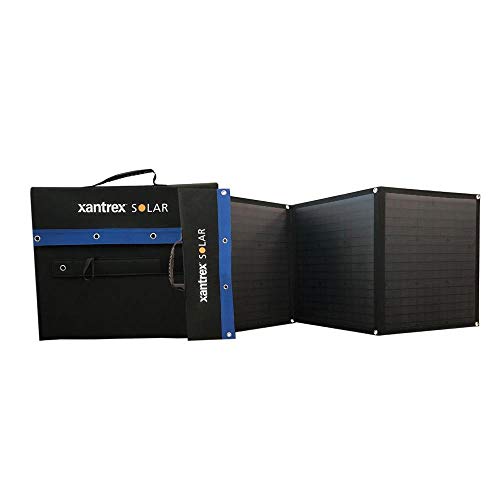On the fuse blocks you linked, there should be no negative wire to them. Only a positive in and a positive out for each fuse position.
Actually, you need a different type of fuse block, one that has a common positive bus for all of the fuses. But you can make a common positive bus for the one you have, you just need to hook up all of the terminals on one side all to the positive from the battery. In electronics this is called a 'shorting bar', usually a piece of metal made for the terminals you have. But you can do it with several short pieces of wire, either soldered or crimped.
Then you will have several fused outputs.
I drew this up to show you what I am talking about:

(Edit: I see that my drawing and the other drawing are very similar and crossed paths at about the same time as far as when I opened up my reply window)
Actually, you need a different type of fuse block, one that has a common positive bus for all of the fuses. But you can make a common positive bus for the one you have, you just need to hook up all of the terminals on one side all to the positive from the battery. In electronics this is called a 'shorting bar', usually a piece of metal made for the terminals you have. But you can do it with several short pieces of wire, either soldered or crimped.
Then you will have several fused outputs.
I drew this up to show you what I am talking about:

(Edit: I see that my drawing and the other drawing are very similar and crossed paths at about the same time as far as when I opened up my reply window)




























































